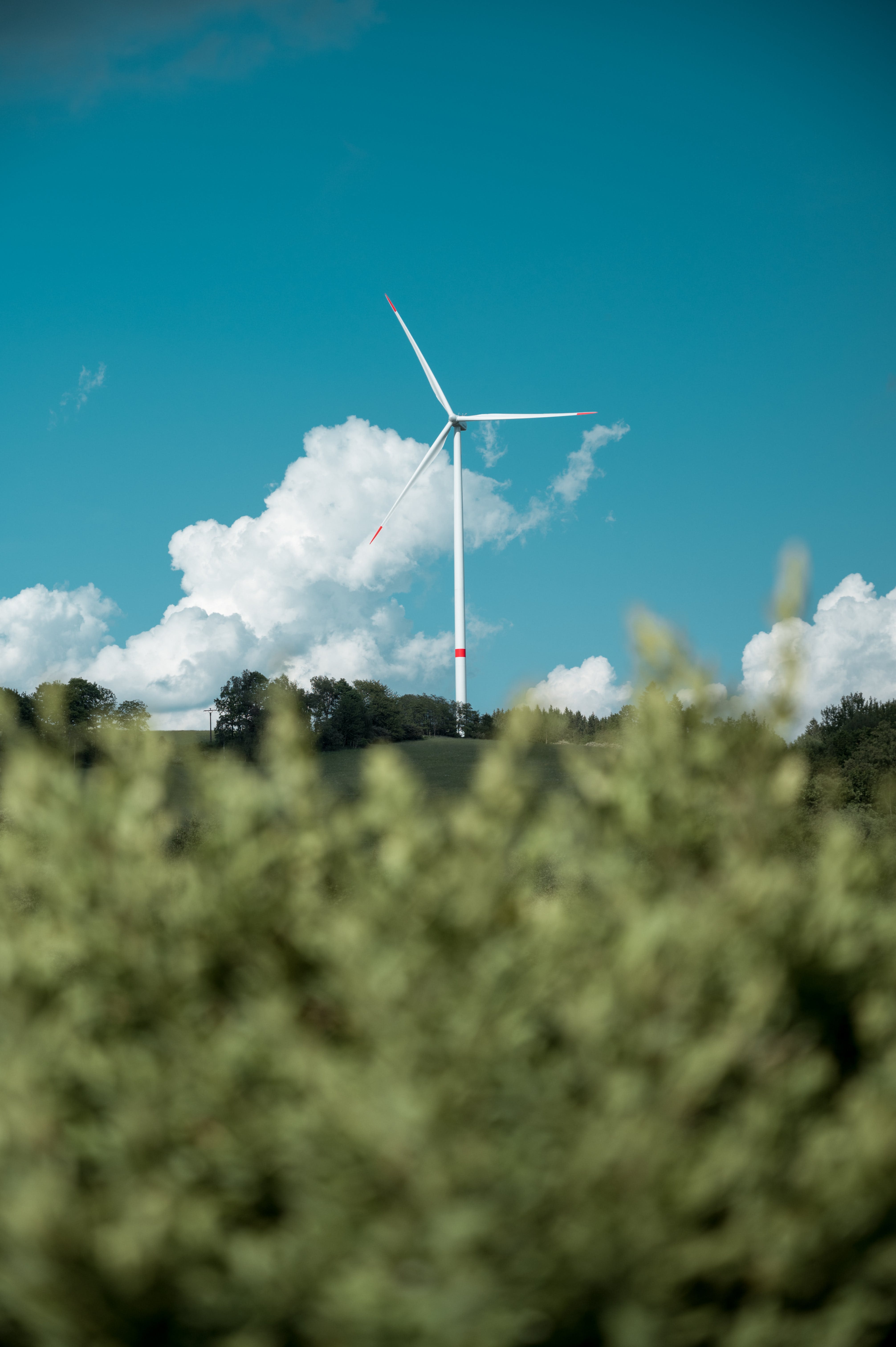How to create a sustainable bond portfolio
The risks and rewards of sustainable investing in fixed income

According to Morningstar data, there are now 476 sustainable bond funds registered in the UK; this compares with 126 in 2013 and just 31 in 2003.
Within this, the global social bond market has also expanded, with 10 funds now available to UK retail investors that have a specific basic human needs or development theme (see table, below).
Bond instruments that are created specifically to fund an ESG aim, known as GSS+ (green, social and sustainability) bonds, should be distinguished from sustainable fixed income strategies.
The latter may or may not invest in GSS+ bonds, as they may (also) invest in bonds that conform to sustainable goals, but are not dedicated to sustainability.
For example, some allocators would view conventional government bonds as sustainable or social in nature.
|
Table: Growth of dedicated sustainable bond funds |
|||
|
#Funds |
Aug-03 |
Aug-13 |
Aug-23 |
|
Active |
31 |
114 |
381 |
|
Passive |
- |
12 |
95 |
|
Combined |
31 |
126 |
476 |
|
Source: Morningstar |
|||
Investment strategy specialist bFinance has identified “approximately 600 fixed income strategies” that can be considered sustainable in a broad sense.
Indeed, the sustainable fixed income market has become both broad and wide, allowing managers plenty of choice to create sustainable bond portfolios.
Yet there can be challenges, such as the difficulty to expand allocations geographically, as some regions have yet to fully embrace sustainability, while advisers need to make sure they can align strategies to the clients’ views when it comes to deciding on ‘sustainability criteria’.
This means every possible flavour, theme and variation could potentially be put forward from the client.
The CPD feature that follows aims to explain some of the factors that might attract and affect clients, and how to find a sustainable bond portfolio that works for your clients.
simoney.kyriakou@ft.com

CPD: How to create an ESG-friendly bond portfolio


Bond investments can be in specifically ESG-focused industries, such as sustainable energy, or in businesses making strides to improve ESG. (Jan Kopriva/Pexels)
Bond investments can be in specifically ESG-focused industries, such as sustainable energy, or in businesses making strides to improve ESG. (Jan Kopriva/Pexels)
Over the past five years, investors and advisers alike will have become very used to the term “ESG”.
A shorthand for environmental, social and governance investing (a strand of investing where you take into account these factors when deciding where - and where not to - put your cash), the style has boomed in recent years.
In 2022, investors pumped £100mn a week into ESG and, as they are more commonly becoming known, sustainable funds.
But while discourse around the type of company that ESG investors should be adding or removing from their stocks and shares portfolios has become commonplace, the role that fixed income can play in an ESG-focused portfolio is less well known — despite the fact that bond investors say that sustainability considerations are vital to a company or state’s creditworthiness.
So, how can you look to create an ESG-friendly bond portfolio, what are the advantages and the risks, and how should you assess different fixed income investments?
This guide will explore the opportunities in the bond market for ESG investors, and comes with an indicative 30 minutes of CPD.
The case for fixed income
While bond investors may not be able to vote at shareholder meetings the same way equity investors can, this does not mean that investing in fixed income through an ESG lens is less fruitful.
“They can actively engage with corporates and sovereigns to give feedback on existing issues, to impart views and share best practice in the case of new issuances,” says Véronique Chapplow, ESG investment specialist at T Rowe Price.
According to Kenny Watson, investment manager of Liontrust’s Sustainable Investment team, businesses were becoming more willing to listen and engage with bondholders on ESG matters.
In fact, Stephen Metcalf, head of sustainable investing for RBC Wealth Management in the British Isles and Asia, points out that large, fixed income managers often get better access to senior executives who they can engage with on ESG issues.
They can actively engage with corporates and sovereigns to give feedback.
While equity investors may speak to the investor relations team, for example, large bond investors may speak with the chief financial officer.
Global fixed income markets are also significantly larger than equity markets, so fixed income investing can open the door to a huge part of the investable universe that is suitable for ESG investors, but not available to equity investors.
Bethan Dixon, portfolio manager at Quilter, says: “There is a greater number of companies to get exposure to – those that are listed, and those that are private.
“This provides a great opportunity when seeking investments that can’t be accessed in equity markets but are positively contributing to environmental or social challenges.
"For example, fixed income investors can invest in housing associations, which provide a positive social outcome through the provision of housing to low income sectors.”
Fixed income investors can also opt for targeted bonds, such as green bonds, social bonds, transition bonds, sustainable bonds or blue bonds, to fund specific projects. Metcalf says these so-called “labelled” bonds could, for example, allow investors to directly finance a company’s emissions reduction.
“These types of instruments are arguably the most impactful of publicly traded securities, as they provide a level that general ownership struggles to achieve,” he adds.
Looking at companies or states through an ESG lens can also identify those that are more positioned for long-term success, and therefore those that will be able to repay their debt, experts say.
Fixed income investors can invest in housing associations, which provide a positive social outcome through the provision of housing to low income sectors
Fatima Luis, senior portfolio manager at Mirabaud Asset Management, says: “A business that is seen to be engaging in environmentally damaging operations without mitigating or considering ESG factors into their business strategy may struggle to access affordable capital.
“In extreme cases, not considering these risks could lead to bankruptcy, as it did for frequent borrower Pacific Gas and Electric. After the devastating wildfires in California were caused by the company’s faulty equipment, a massive fine led to the company’s default.”
Lyndon Man, co-head of global investment grade credit at Invesco, agrees. He says that using ESG in the investment process was necessary, because most “negative credit events” had their roots in poor governance structures or environmental or social practices.
“If you're not paying attention to those ESG factors, you’re not doing your job properly,” Man says.
Understanding labels
As with all ESG investing, problems surrounding disclosure, a lack of data and greenwashing – where an investment product is advertised as 'greener' than it is – can cause issues for investors.
This is particularly the case for 'labelled' bonds, where the funds raised are supposed to be used for a specific purpose.
Chappow says: “The main risk is greenwashing in the labelled bond part of the market. Certain bonds can lack credibility or meaningful targets.”
While there are widely-used standards in the space, such as the International Capital Market Association’s Green Bond principles, they are voluntary and may not even line up with your client’s views on a particular subject.
“This is especially true for some of the newer types of products, such as blue bonds for the protection of maritime ecosystems or sustainable development bonds, where standards are even more diverse,” says Metcalf. “As always, the devil is in the details and thorough due diligence is often the only answer.”
A key risk with the type of ESG bonds where the proceeds are supposed to be used for a specific purpose is if the project or activity being financed does not deliver the outcomes, or does not provide adequate reporting to the investor to determine the outcomes.
Dixon notes this was a larger issue for sovereign bond investors. She says: “Governments are primarily focused on satisfying the electorate and other stakeholders, rather than bondholders.”
It is also worth noting the wider risks to a portfolio that is tailored for ESG factors, such as an unintended tilt that could limit your financial gains at certain points in the market.
For example, Man points out that if you exclude energy stocks because of a stance against fossil fuels, your investments would likely underperform if oil prices rallied, as happened in 2022.
Jenny Mills, portfolio manager at BRI Wealth Management, says: “The risk with positive screening is that you end up incorporating those best performers in certain areas of ESG, but may not incorporate other areas that ESG investors are looking for.
“Another risk is that those companies with a low ESG score, and therefore not included in your portfolio, are those on a ‘transitioning journey’ and their potential could be overlooked.”
...Article continues below

Companies issuing sustainable bonds cover a wide range of sectors and industries. (Los Muertos Crew/Pexels)
Companies issuing sustainable bonds cover a wide range of sectors and industries. (Los Muertos Crew/Pexels)

It is important to understand how managers view allocation within their portfolios. (Nataliya Vaitkevich/Pexels)
It is important to understand how managers view allocation within their portfolios. (Nataliya Vaitkevich/Pexels)
Evaluating fixed income for ESG
One of the main sticking points for advisers is how to evaluate investments to ensure they are in line with their clients’ beliefs.
There are many potential pitfalls, and the evolving nature of ESG investing means there is a dearth of proper disclosure, and many lessons still to be learnt.
Mills says: “The first step should be to ensure you understand the clients’ beliefs and needs from an ESG standpoint. The funds should then be screened either using exclusion criteria, or investments can be positively screened.”
You should understand the preferences fully, says Man. What are their red lines in terms of controversial activities such as gambling or payday lending? And is your client hoping to simply exclude parts of the investment universe they disagree with, or do they want their money to be actively helping a cause?
It is then worth using some of the classification systems available. Chappow suggests the sustainable finance disclosure regulation, which can help distinguish between funds that do not consider ESG (article six), those that promote ESG characteristics (article eight) and those that promote sustainable objectives (article nine).
SFDR also publishes sustainability annexes that explain in detail how ESG and sustainability factors are integrated in the investment process.
“Third-party vendors, such as MSCI and Morningstar, do provide ESG ratings for funds, but beware that they use their own methodologies,” warns Chappow. “Funds’ ESG scores can vary markedly from one vendor to another, so using industry-approved metrics can be more reliable than black box ESG scoring methodologies.”
At Quilter, the use of third-party ESG ratings on a standalone basis would “not be looked upon favourably”, for example. Dixon adds: “We would look to understand what the team are doing in-house, and require the manager to evidence their process.
"When it comes to labelled bonds, we expect managers to have a robust framework for assessing the outcome of the bond."
Advisers should stop playing it safe when it comes to seeking ESG funds.
In its Climate Transition Global Credit strategy, it wanted to exclude 100 per cent of fossil fuels, but found that it excluded some key players working towards cleaner power generation. Therefore, it has allowed 10 per cent of its strategy to invest in companies that have clear green ambitions.
At TAM Asset Management, the team only invests in government bonds funds within their ESG portfolios if the fund has been consistently increasing their green bond exposure and they are operating at half their ambitious carbon target.
Thede Rüst, head of emerging markets at Nordea Asset Management, says advisers need to go a step further, however.
Rüst says: “Advisers should stop playing it safe when it comes to seeking ESG funds. The majority of strong ESG funds are not run by the same people who manage non-ESG funds, but advisers are often sticking to the relationships they have formed in the past.
“Frankly, we believe that you cannot be great at running an ESG fund and also amazing at managing a non-ESG strategy.”
He adds advisers should observe the fund manager, arguing that a fund house could not be the best investor in fossil fuels and the best investor in renewables at the same time.
“For advisers, is this acceptable? You may have chosen a great ESG fund, but you are also exposed to the parent company. Assuming a client specifically wanted not to invest in fossil fuels, how does this correspond with selecting an asset manager that is also one of the largest fossil fuel investors in the world?
“It appears counterproductive to the objectives of the client.”
Imogen Tew is a freelance financial journalist


